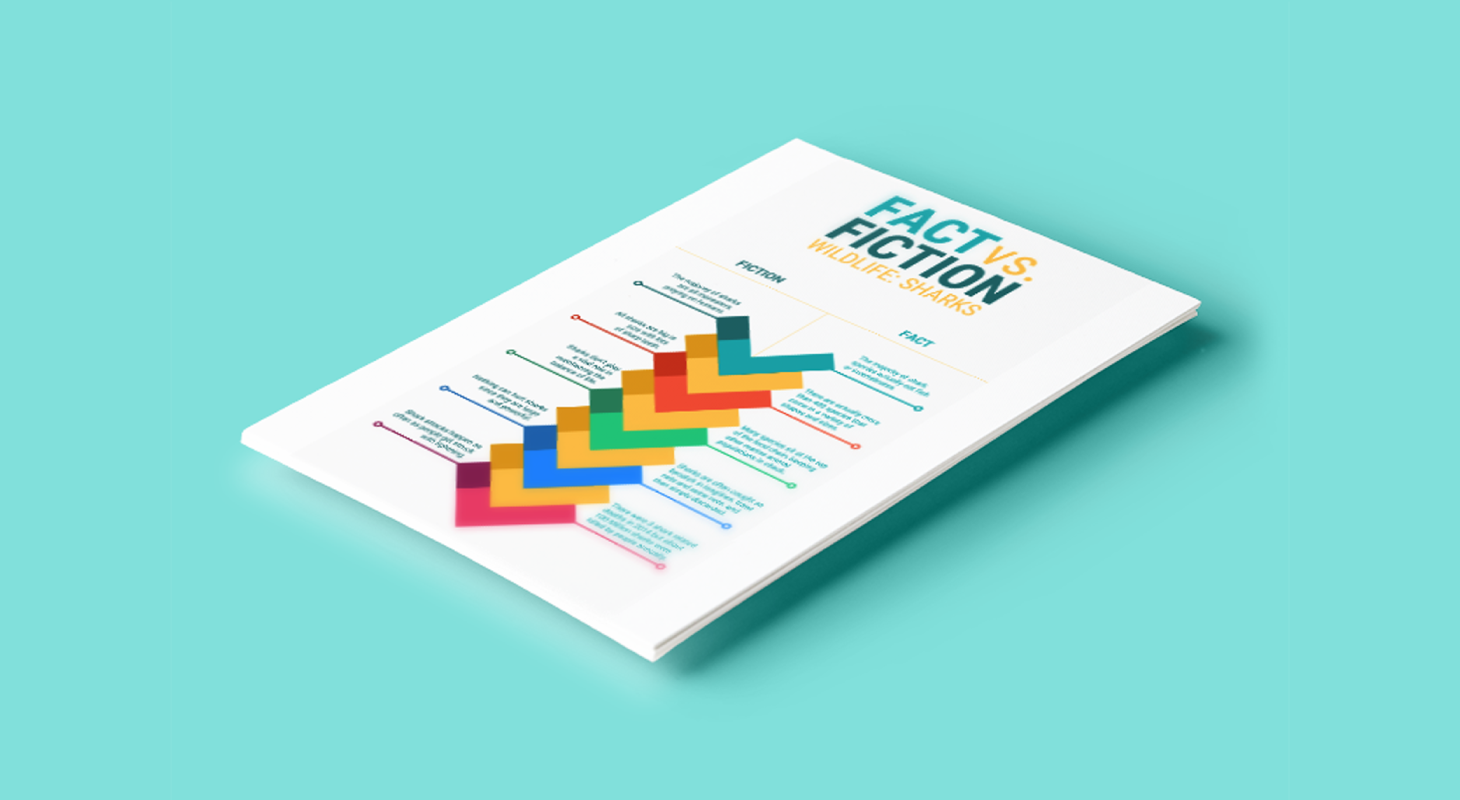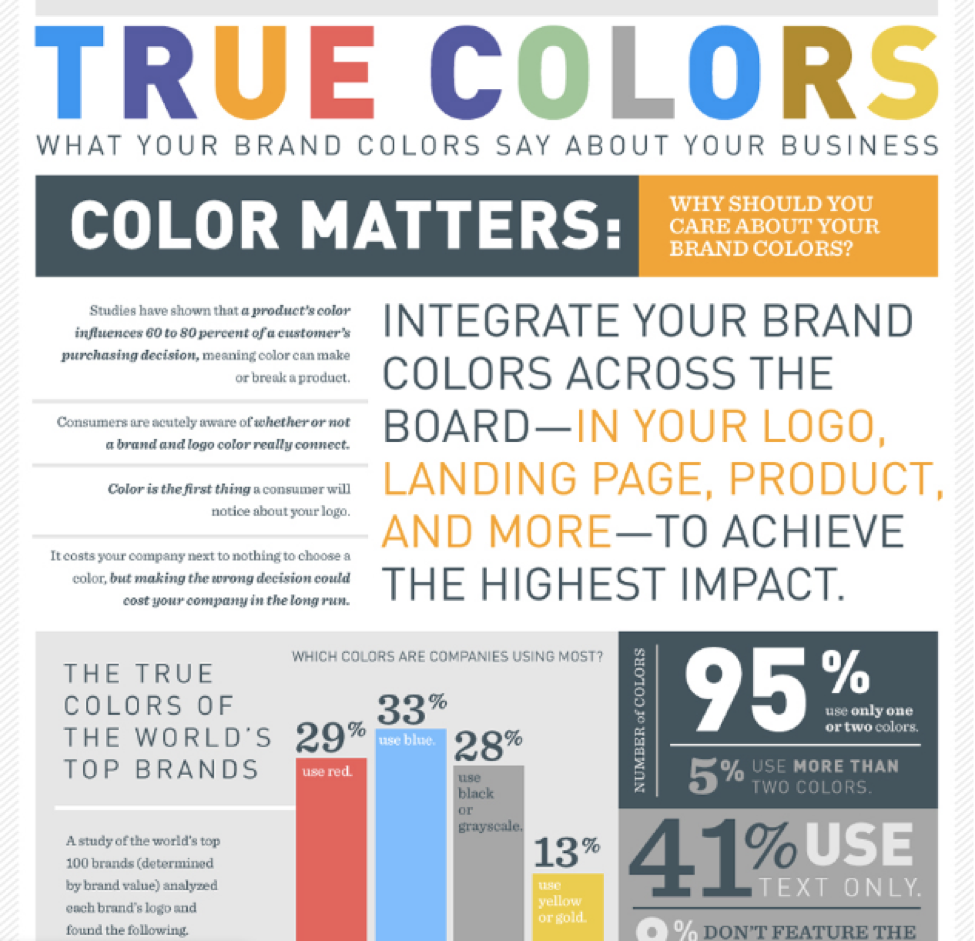
7 Essential Rules to Create Infographics. (2023)
C.S. Jones is a professional journalist, photographer, and illustrator. He lives in the part of South Philly where they still say “jawn.”
People remember 10% of what they hear, 20% of what they read, and 80% of what they see and do. So, if you want to make information memorable, turn it into something the audience sees and does, not hears or reads.
Infographic creation is an art these days, and if you want to make one that people will stop and read, you have to do it right.
Ideally, you should have a single, coherent message that the entire infographic serves to deliver. Think of it as a story: it’s told with data and visual metaphors, but the structure is still the same.
Every infographic worth reading is designed to illuminate some fact or to lead the viewer to some conclusion they otherwise wouldn’t have reached.
Then, there’s the main content, which comes in in the middle as the reader continues to the supporting data. Then, at the end: the conclusion.
This plot can be as simple or as complex as you want, and more complex isn’t always better. In many ways, road signs are the perfect infographics: they convey exactly the information they need to convey, with a visible premise and conclusion, at a size that can be read at 70 miles an hour. They’re done big, with bold colors and easily readable fonts, and their design language is so iconic. it’s imitated the world over.
But if you need to convey something more complicated than the speed limit, the rest of these rules come in handy.
One more lesson you can take from road signs is color palette design: you might have noticed they use as few colors as possible, they’re all eye-catching primaries, and there’s a clear logic to how they pick them.
Yellow: take notice. Orange: you should probably look at this. Red: Stop what you’re doing and read this now. That’s exactly how colors should be used when conveying data: simple ones, arranged by importance, with a clear sense of which color means what.

Full Infographic on Column Five
“If picking a color palette is difficult for you, stick to the rule of three,”. Choose three primary colors: a light one for the background and two more for the base of your infographic and your accents, such as headings.
Whitespace–or negative space, if yours isn’t white–is a fundamental element of good design. Contrary to what you might think, a cluttered infographic isn’t a good infographic. You need to pick and choose which information you want to display, that best suits your premise, and use negative space to lead your reader from point to point until they reach the conclusion.
The amount of space around each design element helps your reader prioritize what to read first and then in which order to read the rest of the infographic. Elements surrounded by negative space will be set apart from the rest of the document and seem more important—or at least seem to lead off in another, more interesting direction than elements closer to the rest of the group.
One of the most important uses of negative space is to ensure that your elements are properly aligned. This will go a long way towards structuring your data, which is a large part of convincing your readers there’s a point to the information and showing them the pattern you want them to see.
Balance and harmony are important in infographics, even more than in many other forms of media.
One thing you want to minimize when designing an infographic is text. Too much text defeats the purpose, anyway. People don’t click on infographics to read an article.
Typography can make or break a design of any type, though infographics are included, so it’s important to touch on it.
The title is the perfect place to use an interesting font as a visual metaphor for your data. Ensure it doesn’t distract from the data it’s trying to underscore. Next is your body font, which should be simple and readable. Decorative fonts are for headers only.
Finally, there is the “accent” font, which you’ll probably use for captions and subheadings. This should be somewhere between the two. You don’t want a full-on decorative font, nor do you want something too simple.
Before laying out the infographic, please set up your storyline and how you want it to flow from one topic to the next. Spend an hour on this stage, not stopping until you have some usable layout sketches.
Most online infographics have a vertical flow–they’re laid out like articles, designed for the viewer to scroll down through them as they tell a story. Others are designed with interactivity in mind and use devices like parallax horizontal scrolling or maps that you zoom in on to reveal more specific data about certain regions.
Generally, the more interesting your layout, the more interesting your infographic will be overall (as long as it doesn’t interfere with the readability or presentation).
Remember that your readers should never be confused about where to look next. It should always be clear how they should move through the design.
Define the biggest and most important parts and how to make them obvious. This mainly applies to text and any figures or bits of the graph that you want to highlight—the ones that comprise your most interesting or relevant figures and facts, in other words.
Hierarchy in fonts is easier to figure out:
Hopefully, your infographic won’t be so complex that it needs instructions unless it’s interactive. If it is more complex, consider using arrows or other visual guides.
Notes and sources will most likely be in your smallest font: we’re talking “fine print” here. In fact, it’s often better to put this after the infographic itself so you can directly link to your sources. However, for the sake of providing proof to people who will only read it via social shares, it often takes the form of small text, with complete URLs, placed in the bottom right-hand corner.
It could be said that the ultimate measure of an infographic’s success is in the number of social shares it racks up. This is debatable and largely dependent on if your infographic is the kind that’s designed to be shared all over the place. Maybe you’re making it for a technical crowd, an esoteric subject, or a highly specialized publication, in which case, you probably won’t want to judge it by how many millions of retweets it racks up. But you’ll still want to make it addictive.
Addictive infographics, like any other kind of addictive content, provide value to your audience. They focus on the audience, providing information the reader would want, not just what shows off the writer’s knowledge or makes the company look good. Excellent infographics are actionable, meaning that the audience comes away from reading them feeling they’ve learned something that they can do to improve their businesses or their personal lives. Or, at the very least, they’re illuminating: your infographic should drive home the story told within your data, in a way that text or numbers couldn’t have.
From: https://venngage.com/blog/7-essential-rules-create-infographics/
Retrieved from https://venngage.com/blog/7-essential-rules-create-infographics/